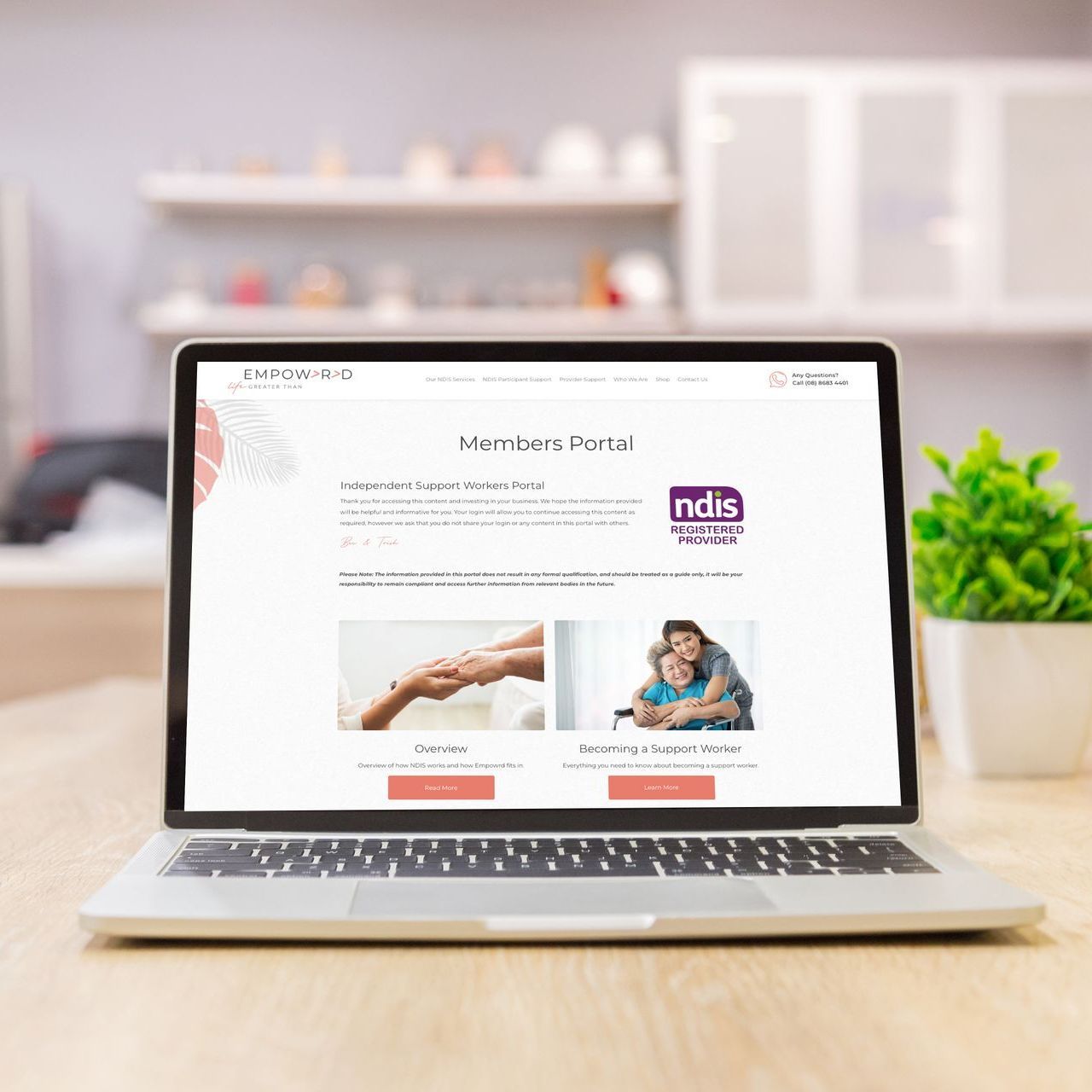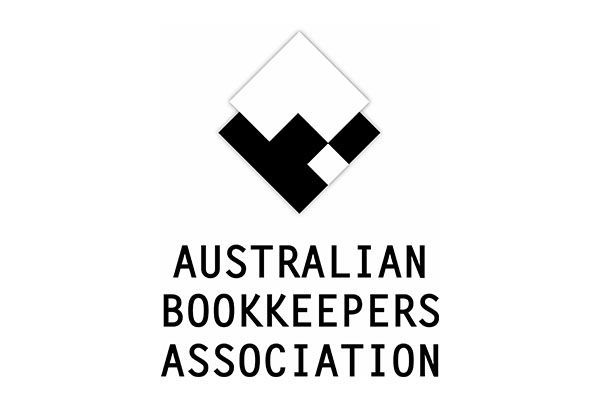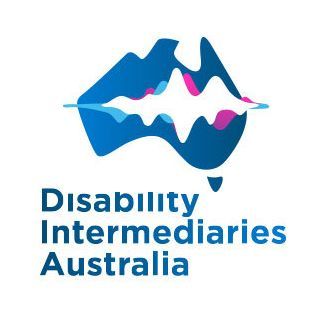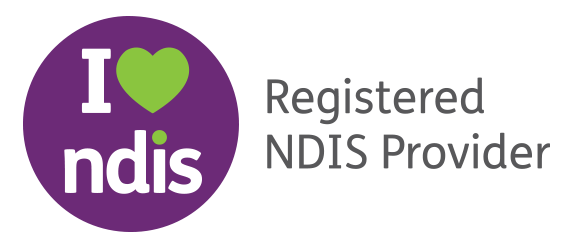Participant Enquiries
Your NDIS Plan Explained: Buckets, Budgets, and Line Items

An NDIS plan is more than just a document; it’s your roadmap for achieving the life you want. It provides you with the funding and support you need to achieve your goals, develop your skills, and engage with your community.
But let’s be honest: reading through your plan can sometimes feel like decoding a foreign language. There are funding “buckets,” line item codes, budgets split into categories, and terms that might leave you scratching your head.
The good news is that once you understand the basics, it becomes much clearer and you’ll feel far more confident about making the most of your plan.
In this guide, we’ll explain what’s inside an NDIS plan, how the funding buckets work, and what those line items mean.
Why Understanding Your NDIS Plan Matters
Knowing how your plan works isn’t just about paperwork; it’s about control and choice. When you understand your plan, you can:
- Make decisions that suit your life and goals
- Plan ahead for big expenses
- Avoid running out of funds partway through your plan
- Understand what services you’re entitled to
- Help providers claim payments correctly, avoiding delays
Since May 2025, the NDIS has started releasing funds in smaller periods across your plan, rather than giving you your entire budget upfront. This means it’s even more important to know how to read your plan and understand how much funding you can spend at each stage.
What’s Inside an NDIS Plan?
While everyone’s plan is unique, they all share some common parts:
Goals
This section lists what you’d like to achieve over the next 12 months or longer. Goals might include improving independence, learning new skills, or connecting with your community.
Budgets
Your plan will outline the total funding available, categorised into distinct areas. These are sometimes referred to as funding “buckets.”
Funding Rules and Notes
Your plan may also include special notes about how your funding can be used or limits on certain types of support.
The Three Main Funding Buckets
Let’s look at the three big funding categories you’ll see in every NDIS plan.
1. Core Supports
Core Supports funding helps you with everyday activities related to your disability. It’s often the most flexible part of your plan and can pay for a wide range of things, such as:
- Assistance with personal care (e.g. showering, dressing)
- Transport to get to appointments, work, or community activities
- Support workers to help you join social or community events
- Consumables, like continence products, low-cost aids, or everyday items related to your disability
Flexibility: Many line items under Core Supports can be swapped around to meet your changing needs. For example, if you need more help with community participation this month, you might use funds from another Core category to cover it.
2. Capacity Building Supports
Capacity Building Supports are designed to help you develop skills, increase independence, and achieve long-term goals. Funding in this bucket is usually more specific, allocated for particular types of support. Examples include:
- Therapy services like speech therapy, occupational therapy, or physiotherapy
- Support Coordination to help you understand and manage your plan
- Training for daily living skills, employment preparation, or social skills
- Improved health and wellbeing services, like exercise physiology
Flexibility: Unlike Core Supports, Capacity Building funding is often not interchangeable between categories. If budget is allocated for Support Coordination, for instance, it generally can’t be used for therapy without NDIA approval.
3. Capital Supports
Capital Supports cover one-off, significant purchases that help you live safely and independently. These are typically large-scale items and often require quotes and NDIA approval before purchase. Examples include:
- Assistive technology like wheelchairs, communication devices, or special beds
- Home modifications such as ramps, bathroom renovations, or widened doorways
- Vehicle modifications to make cars accessible
Flexibility: Capital Supports are the least flexible budget area. Funds allocated here are tied to specific items and can’t be moved around.
What Are Line Items?
The NDIS uses line items to identify specific services, supports, or products in the pricing guidelines. Each line item comes with:
- A unique code (like 04_104_0125_6_1)
- A name and description of the support
- How it’s measured (hourly rate, daily rate, per item)
- A price cap, if one applies
Example:
- Support: Assistance with Social and Community Participation
- Code: 04_104_0125_6_1
- Description: Support workers help you engage in community activities
- Rate: Up to a specific dollar amount per hour, which can vary depending on your region and the day of the week.
Why Do Line Items Matter?
Understanding line items helps you:
- See exactly what types of services you can pay for with your funding
- Check that invoices from providers match what’s in your plan
- Make sure your funding is being used correctly
- Avoid delays in payments to your providers
Although providers are responsible for knowing the correct codes for invoicing, it’s also helpful for participants and their families to have a basic understanding.
How to Read Your Plan
When reading your plan:
- Check your Goals. Are they written in ways that reflect what you want in your daily life or long-term?
- Look at your budgets for each funding category. Write down the amounts so you can plan ahead.
- Read any notes or conditions. These might say how or when you can use your funding—for example, if funds are released in chunks across the year.
If you’re unsure, ask your Plan Manager or Support Coordinator for help understanding your plan.
Flexibility Between Budgets
One of the most common questions is: Can I move funding between categories if my needs change?
Here’s a quick guide:
- Core Supports: Core Supports: Often flexible between subcategories, unless your plan says otherwise. However, with the new funding release rules, you might only have part of your Core budget available at certain times during your plan.
- Capacity Building: Generally fixed for specific services.
- Capital Supports: Locked in for approved purchases only.
Tip: Always check with your Plan Manager or Support Coordinator before moving funds between budget areas.
How Providers Use Line Items
Providers use line item codes when submitting invoices. This ensures:
- Payments come out of the correct budget in your plan
- The NDIA can track how funds are spent
- Claims are processed smoothly, without delays
With recent funding changes, providers are now responsible for making sure invoices are correct. Plan managers can’t fix provider invoices anymore, so it’s helpful for everyone to understand how line items work.
Where to Find Line Item Information
If you want to dig deeper into specific line items, you can find information in:
- The
NDIS Pricing Arrangements and Price Limits, available on the NDIS website.
- Your Plan Manager or Support Coordinator can help interpret codes and ensure you’re using your funding properly.
- Trusted providers who should be familiar with the right codes for the services they offer.
Don’t worry if it all seems complicated; that’s precisely what support professionals are there to help with.
What To Do if You’re Confused
If you’re feeling confused, don’t be afraid to ask questions. Bring your plan along when you meet with your Plan Manager, Support Coordinator, or even a trusted provider. They can help explain how your funding works and how to avoid running out of funds. You deserve to understand your plan and feel confident using it.
Final Thoughts
Your NDIS plan is there to help you live the life you want. The more you understand how it works, the more empowered you’ll feel to make decisions that suit your needs and goals.
Remember:
- Don’t hesitate to ask questions.
- Keep a copy of your plan handy for reference.
- Use your support team to help clarify anything that feels confusing so you feel confident managing your NDIS journey.
Plan Management and Support Coordination can play a big role in helping you navigate your NDIS plan:
- Plan Managers help you keep track of your budgets, pay invoices, and make sure services are billed correctly. They’re also there to answer questions about how your funds can be used and help you avoid overspending.
- Support Coordinators work alongside you to understand your plan, connect you with services, and help you solve problems that might come up. They’re especially helpful if you’re feeling overwhelmed or want help making the most of your supports.
If you’re unsure about anything in your plan, talk with your
Plan Manager or Support Coordinator. They’re there to help you feel confident and in control of your NDIS journey.

NDIS Plan Management and Support Coordination
At Empowrd, we are here to make your life easier. Based in Port Lincoln on the Eyre Peninsula, we offer a personal, accessible and holistic approach to NDIS Plan Management and Support Coordination.
We provide Plan Management services across Australia, assisting with financial administration, and offer Support Coordination to participants in Port Lincoln and Eyre Peninsula, connecting them with the right supports and providers. Our goal is to ensure your NDIS plan works for you, so you can focus on achieving your goals and doing what you love.

Want to Become a Support Worker?
Our Independent Support Workers Education Portal provides everything you need to navigate the NDIS, find work, and confidently offer services as an Independent Support Worker. For just $65, you will gain access to comprehensive guides, essential resources, and ready-to-use templates to streamline your work.
Inside, you will find:
- A clear breakdown of how the NDIS works
- Tips for finding jobs and delivering services
- Step-by-step guidance on invoicing and support planning
- Ready-to-edit templates for quotes, service agreements, invoices, and case notes
Need just the templates? You can also purchase them separately as standalone resources.
I hope you enjoy reading this blog post.
If you are ready to be Empowrd to live your life to the fullest, let us steer you on the right path.
Be EMPOWRD to Live Your Best Life
If you’re ready to be empowered to live life on your terms, we’re here to help guide the way. At Empowrd, we offer a personal, accessible, and holistic approach to NDIS Plan Management and Support Coordination. We’ll ensure your plan works for you, allowing you to focus on your goals and the things you love most.














